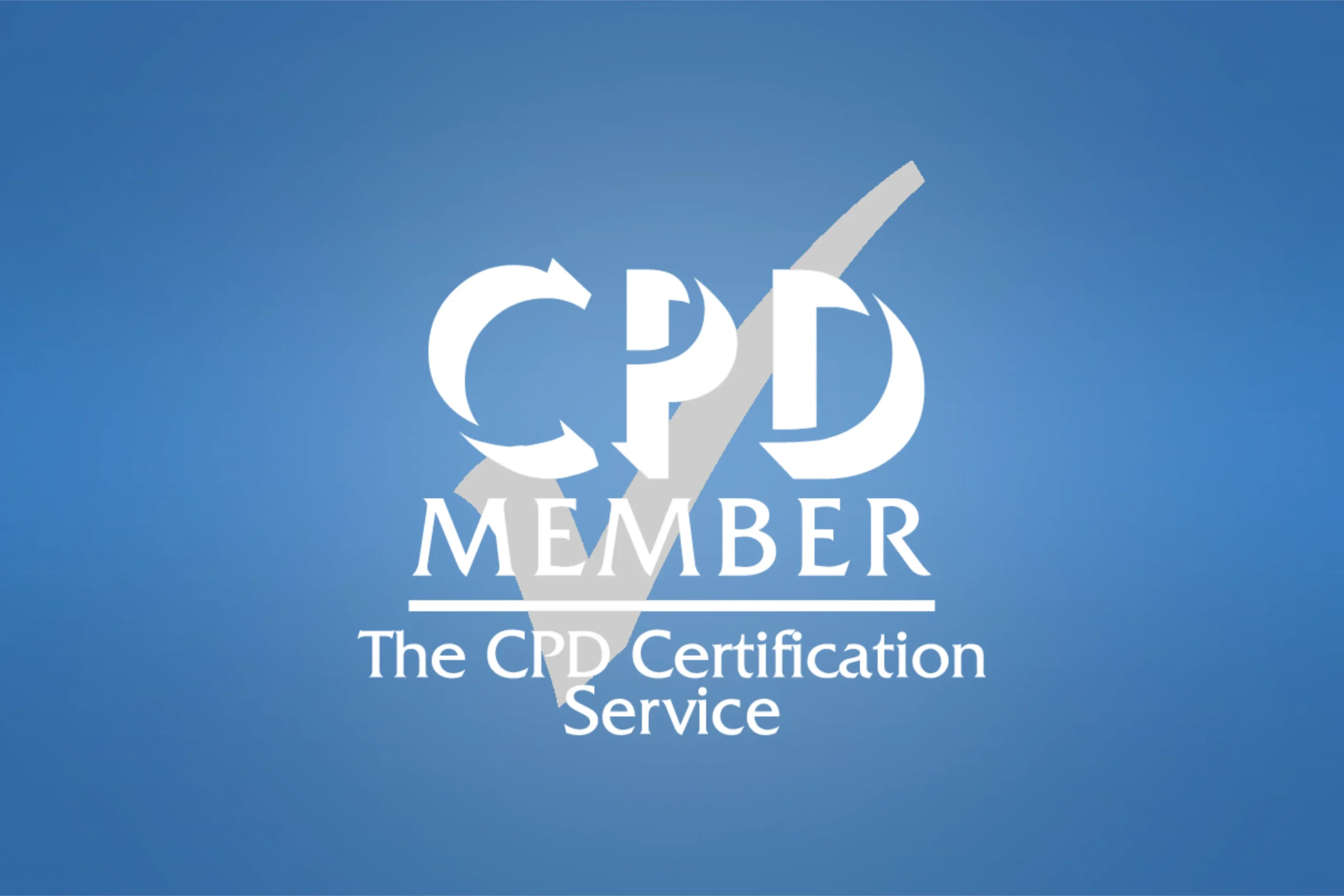Connect with us
Published
1 month agoon
By
admin
The landscape of international training has rapidly evolved, particularly in the fields of governance, risk management, and compliance (GRC). As organizations expand their operations globally, the need to adapt to varying regulations and cultural practices becomes increasingly critical. In this post, we will delve into the strategic insights that shape governance frameworks, elucidate the nuances of risk management, and explore compliance meaningfully in international contexts.
Governance refers to the set of rules, practices, and processes by which an organization is directed and controlled. It encompasses a framework that guides decision-making and ensures accountability, fairness, and transparency in an organization’s relationship with all stakeholders. In international environments, effective governance becomes even more crucial due to the varying laws and cultural contexts.
Leadership plays a pivotal role in establishing a strong governance framework. Leaders must not only understand the fundamental principles of governance but also be trained to apply these principles amidst diverse global challenges. A leader’s ability to foster a culture of integrity significantly impacts governance outcomes.
Governance is essential for several reasons:
Many organizations adopt global governance frameworks, which allow them to maintain consistency while accommodating local practices. These frameworks help in seamlessly integrating organizational objectives with compliance and risk management strategies.
Risk management involves identifying, analyzing, and responding to risks that can disrupt organizational operations. In the context of international operations, it includes understanding the unique risks that vary by region and regulatory environment.
1. Risk Assessment: Conducting thorough assessments to identify potential risks in different markets is imperative. This approach involves evaluating political, economic, and social factors.
2. Development of Mitigation Plans: Once risks are identified, organizations must develop strong mitigation strategies to address these risks proactively.
3. Continuous Monitoring: Implementing a system for ongoing risk assessment is key to adapting to changes in the international landscape.
You can explore more about risk management tactics for success in your endeavors.
Compliance refers to the action of conforming to established guidelines or specifications. In international training, compliance becomes a critical aspect as organizations navigate different legal landscapes.
Creating a culture of compliance is essential for long-term success. This involves:
For additional insights into compliance strategies specifically designed for international firms, consider reading compliance strategies for international firms.
The impact of governance, risk management, and compliance on a global scale cannot be understated. Each of these elements interplays with the others, influencing how organizations operate internationally.
Organizations must align with international regulations, such as the General Data Protection Regulation (GDPR) for data protection or the Foreign Corrupt Practices Act (FCPA) for anti-corruption compliance. Awareness and adaptation to these regulations are essential for organizations operating across borders.
Effective governance frameworks and compliance mechanisms positively influence an organization’s operational efficiency, reducing the possibility of legal penalties while enhancing overall corporate responsibility.
As businesses face an increasingly complex global environment, trends such as the integration of technology in governance processes, stakeholder engagement, and sustainability are gaining momentum. Organizations are now required to be more responsive and responsible in their operations.
To deepen your understanding of global impacts in governance, you can read up on governance: understanding global impacts.
Governance, risk management, and compliance are critical pillars that influence the success of organizations operating on a global scale. By integrating robust governance practices and effective risk management strategies, organizations can navigate complex international landscapes, ensuring compliance while achieving their strategic objectives. A thorough understanding of these concepts will facilitate better decision-making and enhance the overall integrity of corporate operations.
Governance provides a structure within which risk management operates. It sets the policies and direction for the organization, ensuring that risks are adequately identified and managed.
Organizations can ensure compliance by conducting thorough research on local laws and regulations, training employees accordingly, and implementing strong compliance programs.
Best practices include establishing clear governance frameworks, fostering a culture of transparency and accountability, and engaging stakeholders effectively.
